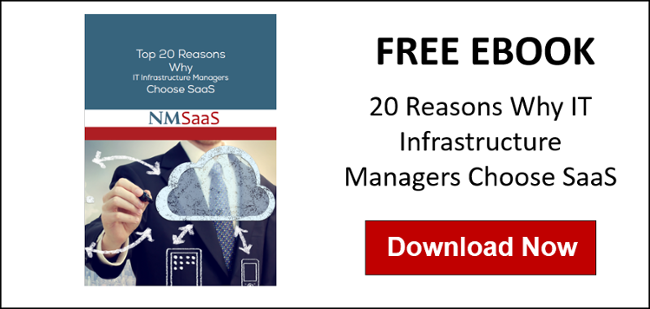In writing there is an adage that says “write what you know”. In business this has been popularly extended by consultants and gurus to “Focus on Core Competencies and Outsource the Rest.” The idea is that it’s so difficult today to manage (and be great at) the many aspects of business, that it’s in any companies best interest to focus completely on their core business, and then outsource as many ancillary functions as possible to companies which focus on those tasks. This concept has probably taken root most deeply and effectively in IT.
It’s no secret that more and more organizations are turning to Managed Service Providers (MSPs) to run and monitor critical aspects of IT. By some counts there are over 100,000 businesses globally that consider themselves MSP’s. These companies vary in size and scope, but one thing they all have in common is the desire to grow both their top and bottom lines.
One way of course to grow the top line is to sign up more customers. However, that typically also comes with a corresponding growth in expenses related to attracting and supporting these new customers. Unfortunately, in many cases that leads to a shrinking rather than growing bottom line profit.
Another (and we think better) way to achieve profitable growth is to offer higher value services to both new and existing customers. By moving from a commodity based – low value provider to a high value solution provider MSPs benefit in many ways. Firstly, you build a deeper relationship with your customer. After all, virtually any MSP’s can diagnose and solve simple workstation issues, but not everyone can understand and manage more complex infrastructure and application performance scenarios.
Typically the breakdown in value for services in MSP’s looks like this:
|
Low Value Services |
High Value Services |
|
$ per desktop |
$$$$ High-End Core Network Devices |
|
$ per printer |
$$$$ Compliance Policy Checking |
|
$ per phone |
$$$ Device Configuration. Backup |
|
$$ per server |
$$$ NetFlow |
|
|
$$$ QoS monitoring |
Let’s look at these 5 high value services in more detail.
- Core network device monitoring. In larger networks, the core router / switch platforms are typically involved in passing more than 80% of the network traffic. That mean monitoring those systems for performance and fault issues is critically important. These systems also have a greater number of components which must be continuously monitored such as chassis level power supplies and environmental sensors along with card level CPU, memory, and interfaces. An average Layer 3 core switch may have over 100 KPI’s which should be measured and monitored.
- Compliance Policy Checking. More and more companies are under strict regulatory rules like PCI, HIPAA etc. In order to maintain compliance, IT systems must be regularly tested to ensure all configurations adhere to set corporate / industry policies. This can only be effectively performed by an automated process which can be sold as a service.
- Device Configuration and Backup. Another IT process that should be automated is backup and change management. It has been estimated that over 80 of unplanned network outages are caused by human error when making a change to a device configuration. This can be nearly eliminated when using an electronic NCCM system.
- Used for network performance forensics as well as by IT security teams, NetFlow is a technology which offers much deeper insight into network traffic than has ever been achievable before. Greater hardware power in systems has meant that most IT device vendors support NetFlow today. Understanding how to harness and take action on this data is a very highly valuable service.
- QoS monitoring. With the addition of multimedia traffic like VoIP and Video on most networks today, the prioritization of that and other traffic is critical to acceptable service delivery. Therefore monitoring of how traffic is being classified and passed by network devices is also critical to maintain those service levels.
By offering these higher value services MSPs can differentiate themselves from lower level commodity based competitors. You will also find yourself being able to sell into larger more lucrative clients; as well as driving up average revenue per seat. Your customer interactions move from low-level to “C-level” due to the critical nature of service to your clients.
Of course, you must also have a back-end EMS product like NMSaaS which supports the features described above.


